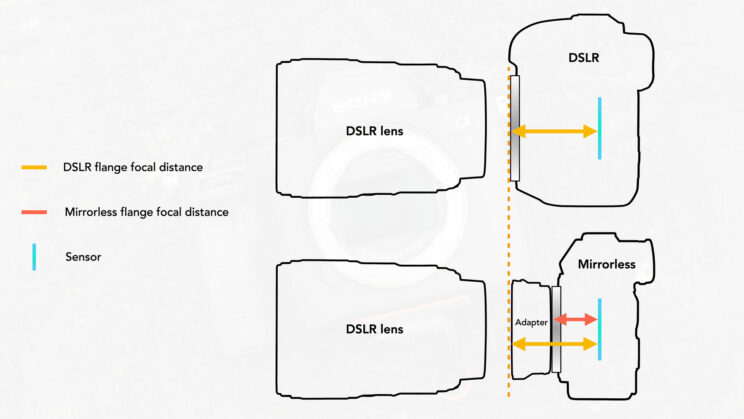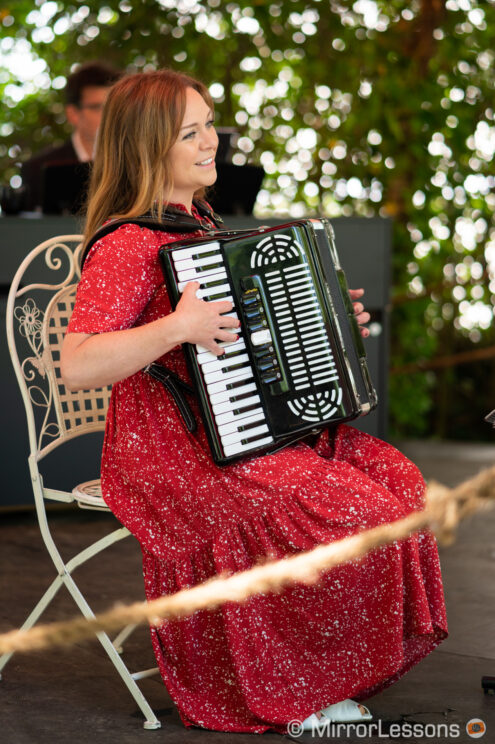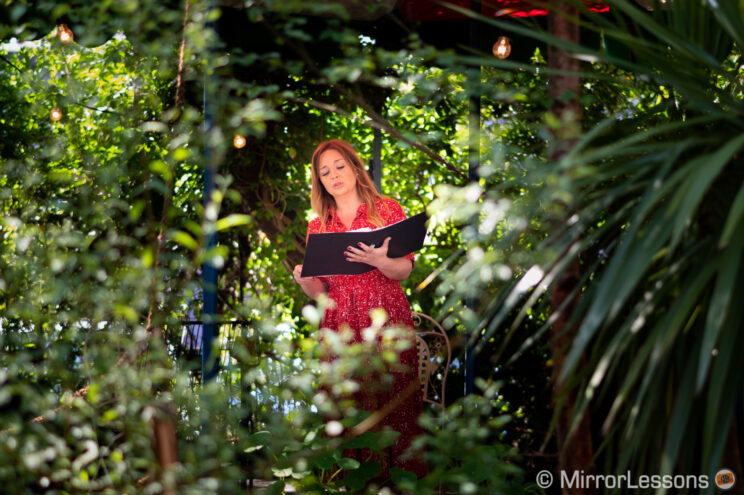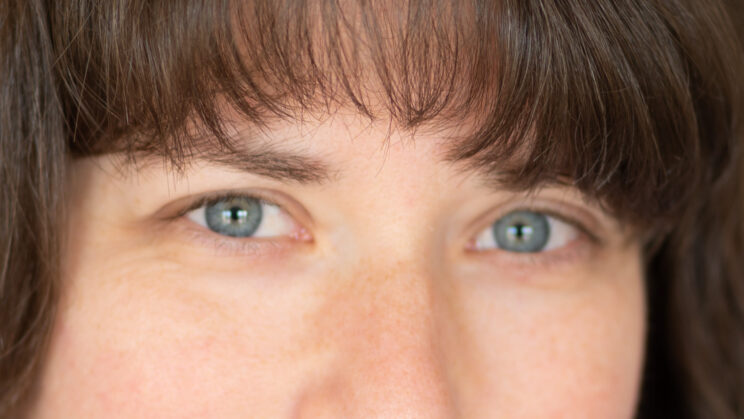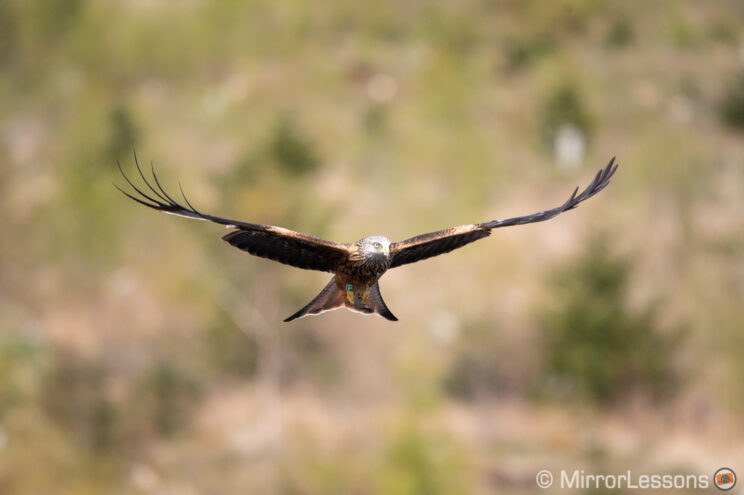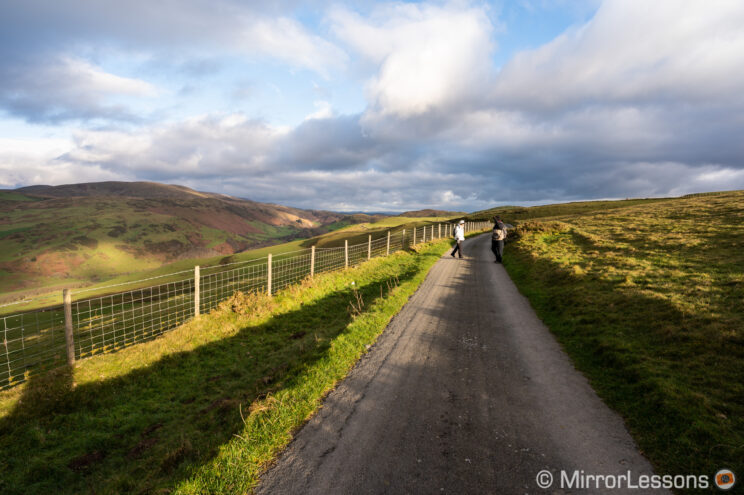One of the reasons mirrorless cameras became popular was because you could adapt various lenses from other brands, including the premium Leica M series and the vast selection of DSLR glass. But cross-branding lenses designed for mirrorless bodies has been more difficult.
The Chinese company Techart (the same people behind the autofocus adapter for Leica M lenses) was up for the challenge when it designed the TZE-01, an autofocus adapter that allows you to use Sony E-mount lenses on Nikon Z cameras. I’ve been eager to try it for a while, and I finally bought one.
Does the TZE-01 work? Is it worth it? Let’s find out!
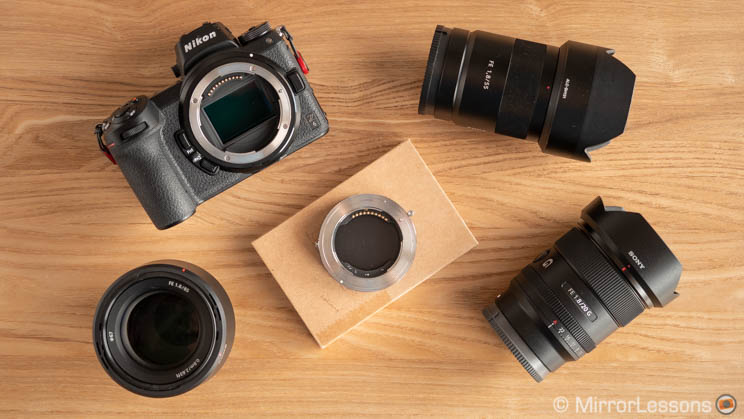
TABLE OF CONTENTS
1. How the adapter works?
2. Design and user feedback
3. Autofocus performance
4. Stabilisation, lens corrections and limitations
5. Conclusion
Ethics statement: We own the Z6 and bought the Techart adapter to review it. We were not asked to write anything about this product, nor were we provided any other compensation of any kind. Within the article, there are affiliate links. If you buy something after clicking one of these links, we will receive a small commission. To know more about our ethics, you can visit our full disclosure page. Thank you!
Preface: how is such an adapter possible in the first place?
Adapting lenses from other camera systems comes down to one physical aspect: the flange focal distance. It is the distance from the image sensor to the mount (where the rear-end of the lens attaches).
Because of the flipping mirror situated between the mount and the sensor, a DSLR camera has a longer flange distance than a mirrorless camera. For example the Canon EF-mount is 44mm, whereas the Sony E-mount is 18mm.
This difference in length allowed manufacturers to design adapters to use DSLR lenses on mirrorless bodies. These adapters are precisely machined to increase the flange distance needed by the DSLR lens to focus correctly on the mirrorless camera.
Leica M lenses are also easily adaptable because the flange distance of the M-system is longer compared to mirrorless mounts (27.8mm), although not as long as DSLRs.
But what about adapting mirrorless lenses to other mirrorless systems? Well, let’s start by looking at the flange distance specifications of those products:
- Nikon Z-mount: 16mm
- Fujifilm X-mount: 17.7mm
- Canon EF-M-mount: 18mm
- Sony E-mount: 18mm
- Micro Four Thirds: 19.25mm
- Canon RF-mount: 20mm
- Leica L-mount: 20mm
Before the launch of the Nikon Z and Canon RF systems, and excluding Leica, the difference in flange distance wasn’t greater than 1.55mm, and for some systems, even less than 1mm. For example, if I wanted to use a Sony lens on a Fujifilm camera, the adapter would have to be no thicker than 0.3mm.
The arrival of the Nikon Z system made the impossible possible because it has the shortest flange distance of all of them, 16mm. Yes it is only 2mm shorter than the Sony E-mount, but enough for Techart to build a thin adapter with electronic contacts.
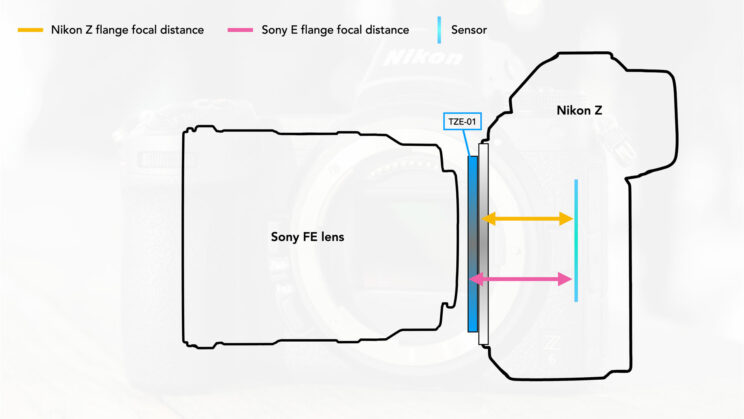
Looking at these numbers, I imagine that L-mount lenses and RF lenses could be made adaptable to Sony and Nikon cameras, at least from a pure physical point of view. Of course, you also need the electronic component to make the camera and lens work together, which can be challenging.
Now that we explained how the TZE-01 adapter can exist, let’s see what it looks like.
Design and user feedback
As you can see, the adapter is very thin. It is made of metal and feels solid, but Techart warns about its use with lenses heavier than 1.3kg. If that is your case, try to support the gear with a tripod and tripod collar (if the lens has one), or make sure to hold it by the lens rather than the camera to avoid possible damage.
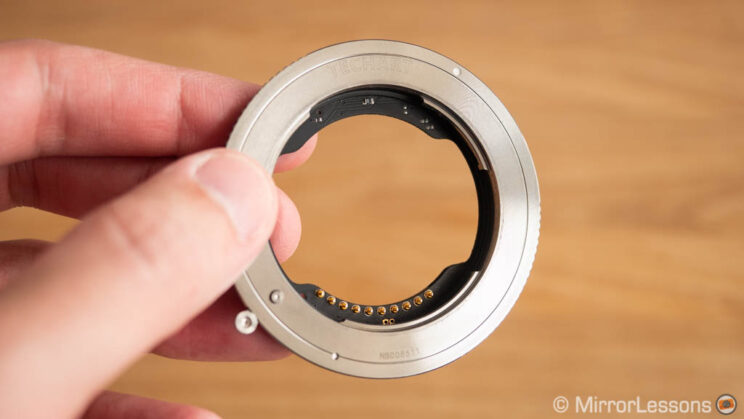
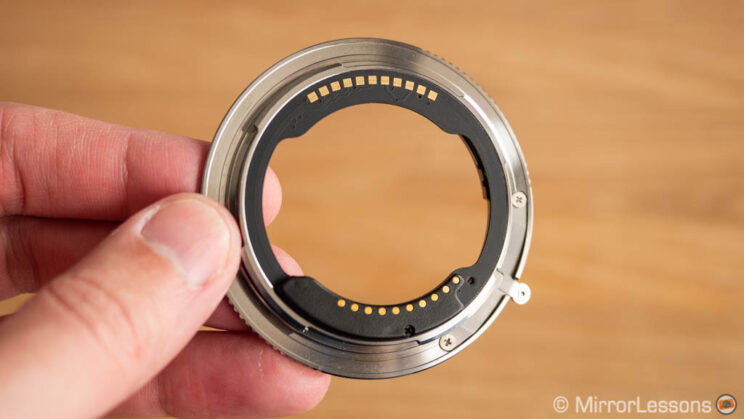
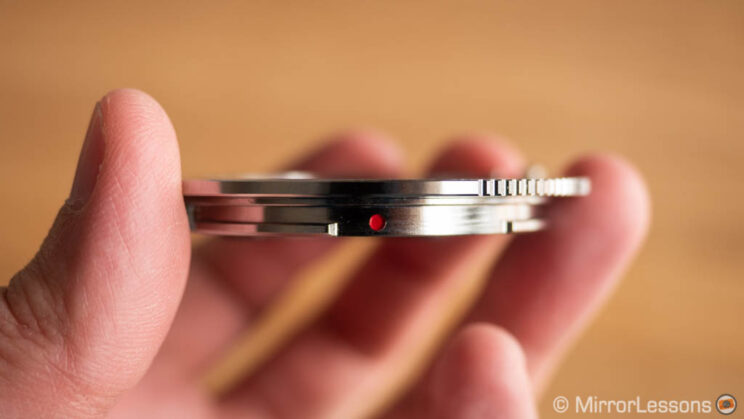
The adapter doesn’t bring any sort of weather sealing, so even if your Nikon camera and your Sony lenses are, the combo won’t be entirely protected.
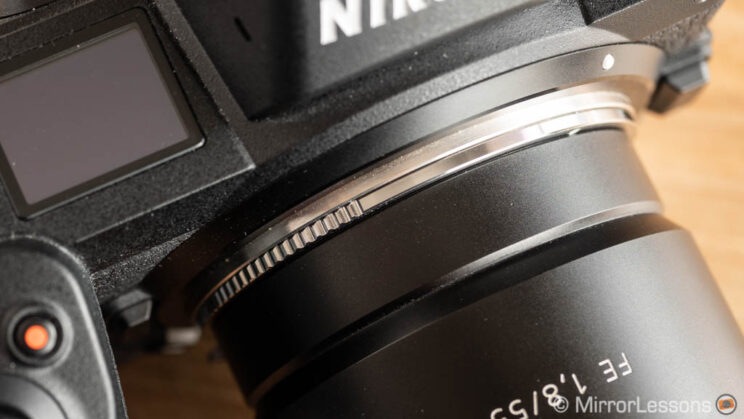
The first time you attach the TZE-01 to your Nikon camera, you’ll be surprised by how difficult it is to lock. I had to use a cloth because the edge of the adapters are sharp and make the operation uncomfortable. Then I found a better method: attaching the adapter to the lens first, and then attaching the combo to the camera.
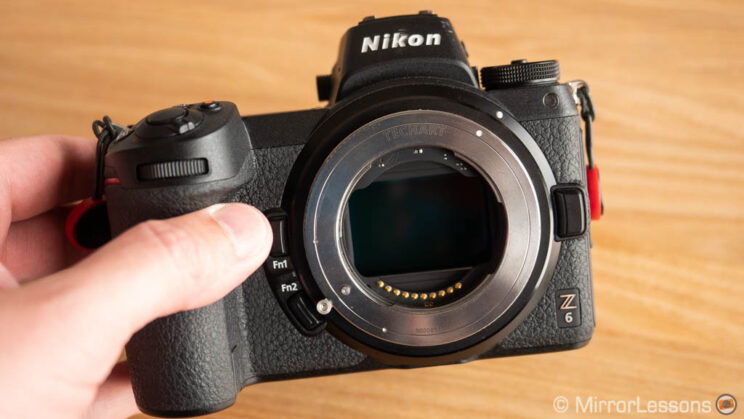
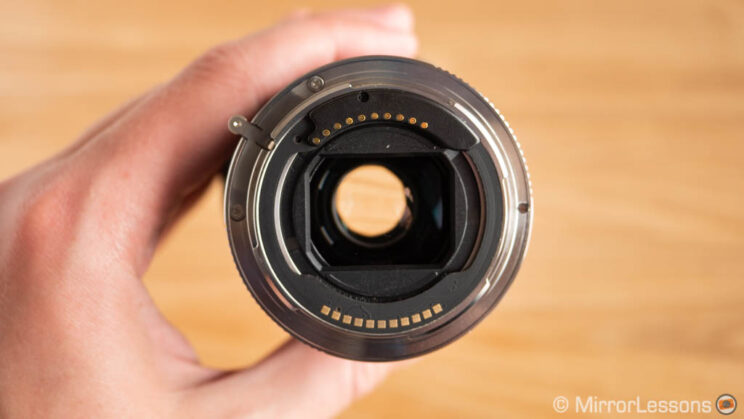
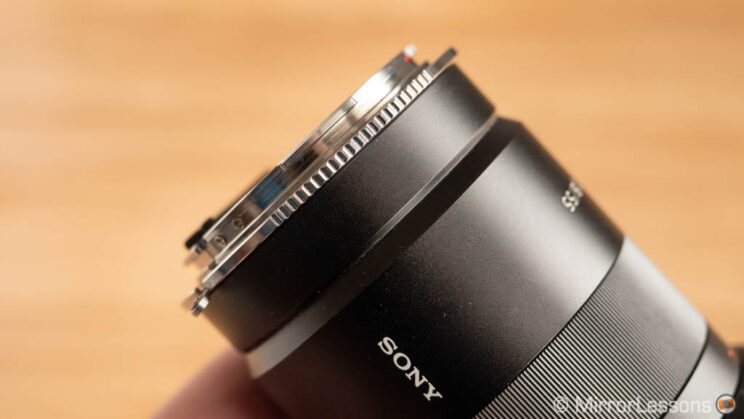
To unmount the lens, you press and hold the small metal lever on the bottom-left side of the adapter, but the mechanism is not precise so you’ll often become frustrated trying to remove the lens. Sometimes it works right away, sometimes you need patience. To this day, I haven’t really figured out the amount of pressure to apply to get it to work every time. You get used to it after a while, which is a minor consolation.
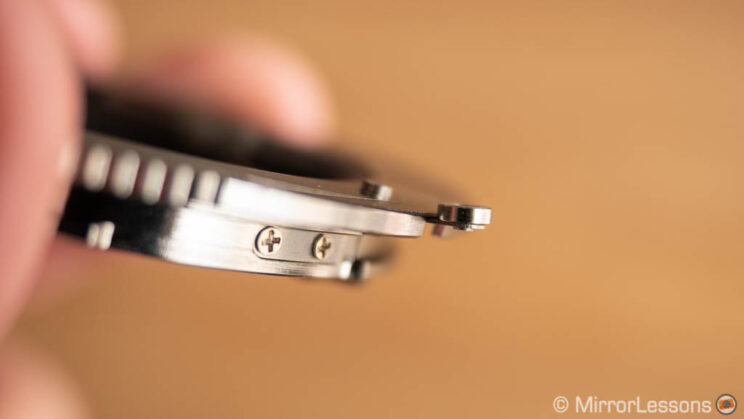
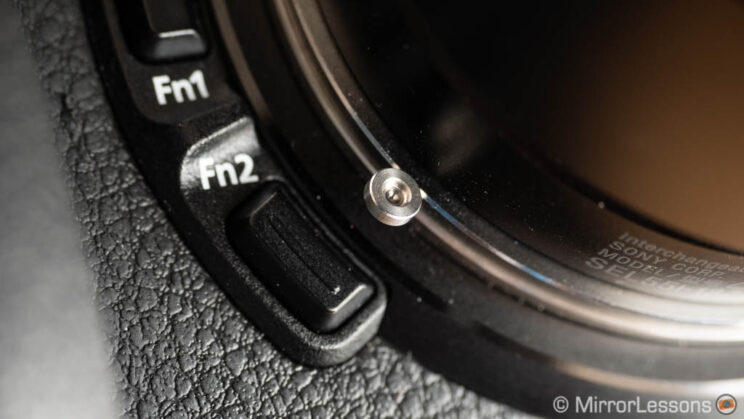
The same workaround explained earlier can be useful in this case too: remove the lens and adapter first, then remove the adapter from the lens and attach it to the second lens, then re-attach the combo to the camera. It’s not as fast as swapping native lenses and admittedly, less convenient, but it’ll do when the default method gets on your nerves.
If your Sony lens has an aperture ring, you need to put it in the A position and control the aperture with the front or rear command dial of the Nikon body. That is the only way to change the aperture. Also, if your Sony lens has a custom button, it won’t work unfortunately.
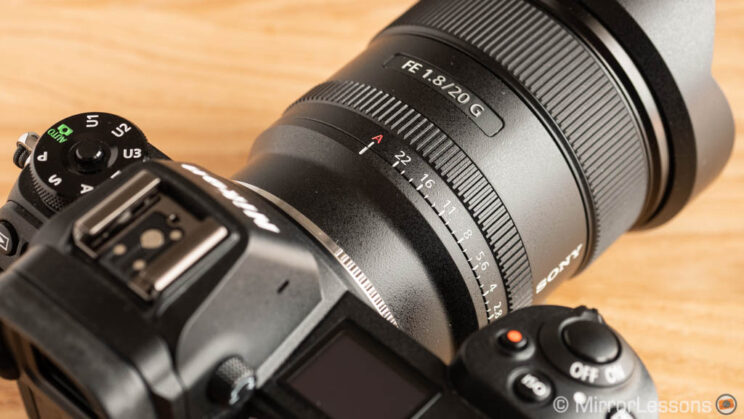
Thanks to the electronic contacts of the adapter, Exif data is saved correctly with each image. It won’t show the entire name of the lens, just the focal length and aperture (for example 20mm 1.8 instead of FE 20mm 1.8 G).
The adapter comes with a USB dock that allows you to update the firmware of the TZE-01. You just need to download the file from the website, run the program with the adapter connected to a PC or Mac and follow the instructions.
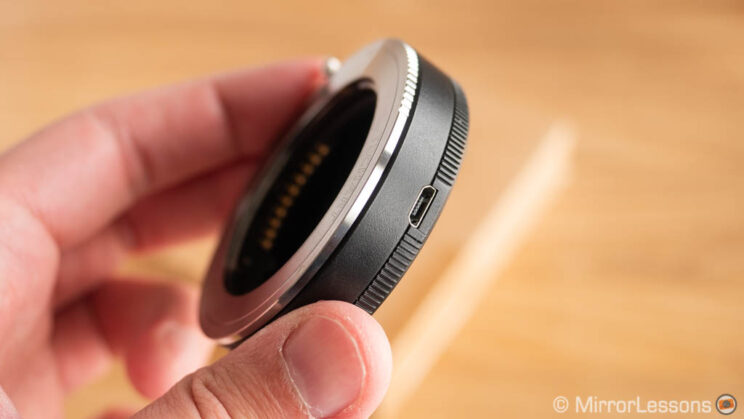
The software is poorly designed, with black text on dark grey, and small white text on a light grey background, making it difficult to see which version you are updating. It works though, and you can check the firmware version of the adapter directly in the camera (Setup Menu > Firmware version). Techart seems to release updates frequently to make new cameras and/or lenses compatible. I had firmware 4.10 installed, which was the latest available at the time of publishing this article.
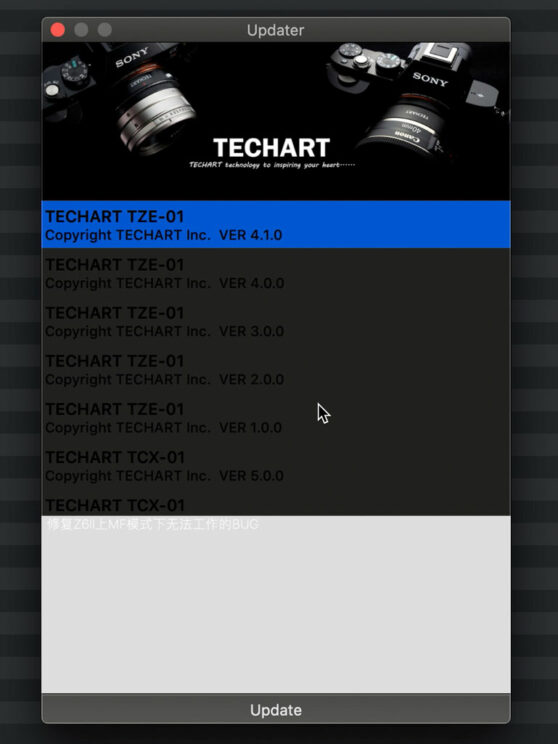
Autofocus performance
I started to use the adapter with the Sony lenses I have at home: 20mm F1.8 G, FE 35mm F1.8, 55mm F1.8 ZA and 85mm F1.8.
The nice thing about the TZE-01 is that it maintains phase-detection autofocus. The speed in S-AF is more than decent. It’s not as fast as with a native Nikkor Z lens but to be honest, it’s much better than what I was expecting. It rarely mis-focuses and the result is accurate most of the time, at long and short distances.
Sometimes it can take a few moments to lock onto the subject: the lens elements shift back and forth nervously with very small movements. Other times it can struggle with high contrast areas in the background (if that is the case, try using a larger focus area). The performance in low light remains good, with the same observations I just mentioned.
Despite the drawbacks, I was able to use the adapter on a regular basis without too much fuss, including a little assignment for my local cinema (an opera concert in their beer garden).
Most of the AF settings on your Nikon Z camera can be used, including C-AF, Eye detection for humans, cats and dogs, and the Tracking mode. The only setting that doesn’t work is Pintpoint AF. You can select it but the camera won’t focus.
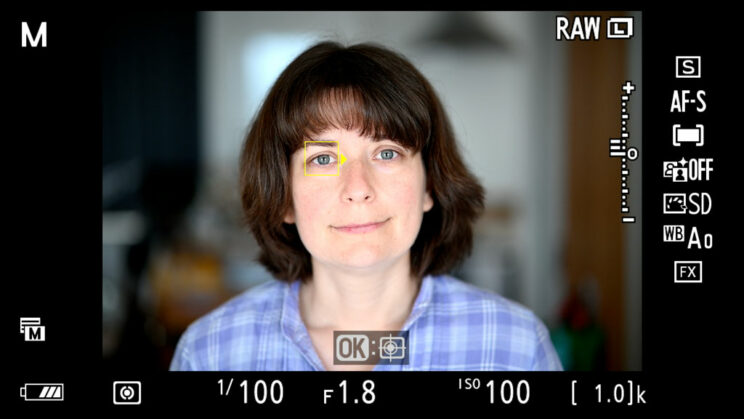
Eye detection works better with static subjects, where the combo maintains a high level of accuracy. You will get occasional soft results, where the focus distance is a tad too short (meaning that the eyeball is not perfectly sharp). This happens especially when the subject is close to the camera (headshot photo).
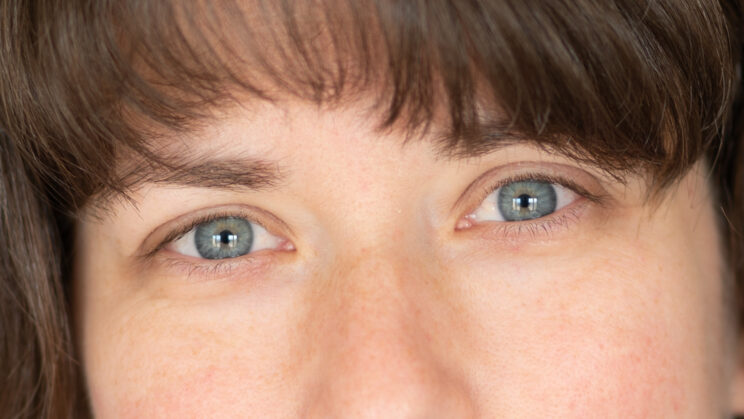
With movements, we start to see the limitations of the TZE-01. A simple walk towards the camera with the FE 85mm F1.8 was a struggle, with some images completely out of focus and a lack of focus accuracy on almost 50% of the sequence. The performance improved when I tried the FE 55mm F1.8 (70% hit rate), probably helped by the shorter focal length, but the performance remains a bit unpredictable.
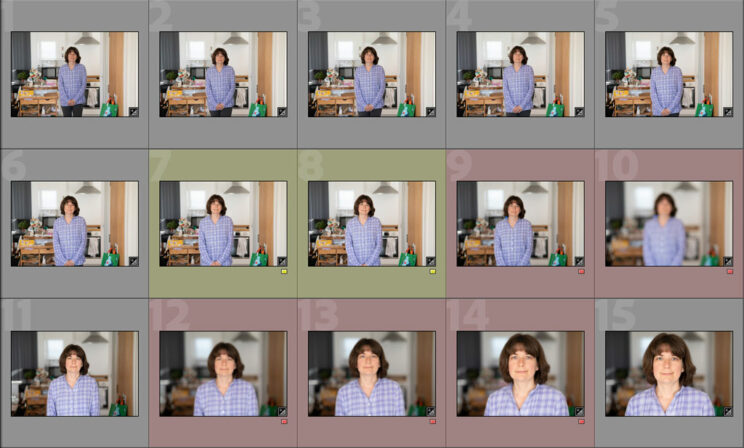
For video, there are a lot of erratic movements back and forth as soon as the subject moves. Here as well, the 55mm gave me better results than the 85mm, but there is a lack of consistency in the performance and overall I find it less reliable than for stills.
For each Sony lens I own, Nikon has already released an equivalent for its full frame mirrorless system, so I wanted to try something else that you won’t find for the Z-mount, possibly from a third-party manufacturer. I chose one of the most recent releases, the Sigma 28-70mm F2.8 DG DN C. It’s a compact standard zoom with a 2.8 constant aperture and a very competitive price, a great example of a product Nikon users might be interested in.
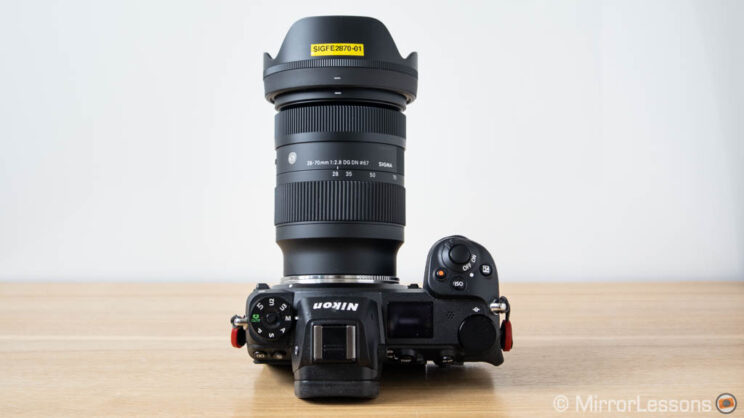
The performance with the Sigma lens was a bit better overall and I find Eye AF in particular to be more accurate with static subjects. With that said, all the limits I mentioned above remain: it can struggle in C-AF once the subject moves close (stills and video), and it can be a bit slow at times to lock onto the subject (more at 70mm than at 28mm). But I captured nice images with it, including some of my son who is in the crawling phase.
Then I went for an extreme test: birds in flight using the FE 200-600mm G lens. What could possibly go wrong? 🙂
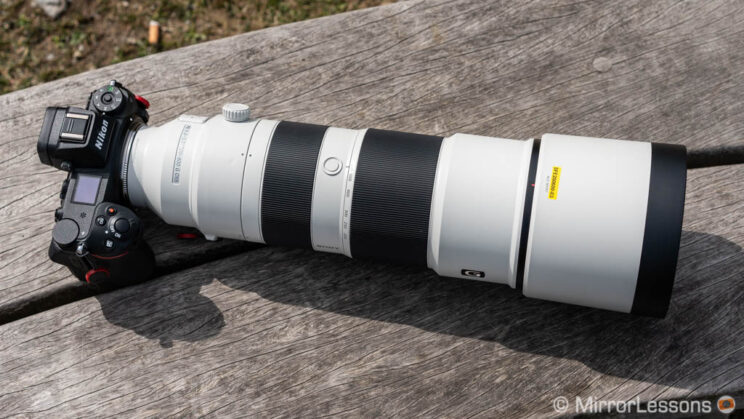
On the field, the performance was definitely slower than anything else I tried earlier, and it mis-focused completely more than once, which forced me to stop shooting and try focusing on the background to get the lens back on track.
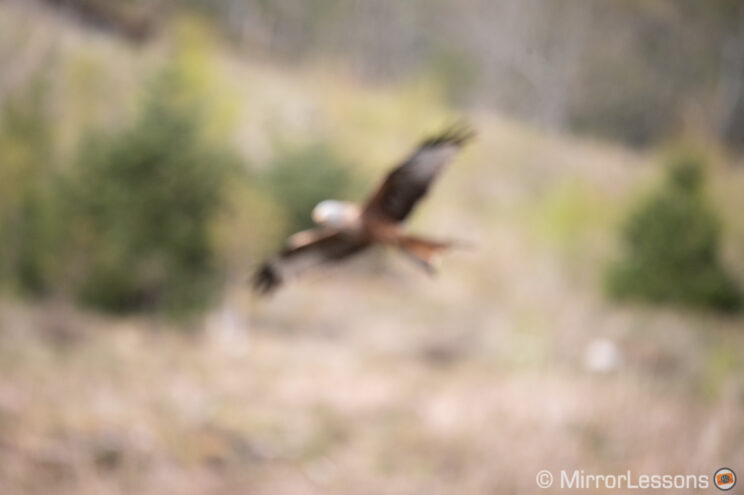
To my surprise thought, when I reviewed the images and calculated the score using the same method I use for all my BIF test, I got 63% perfectly sharp images, or 84% if I also include slightly soft results. So when the adapter works as intended, focus is accurate.
The BIF score is very encouraging, but the problem is that the behaviour in these conditions is unpredictable, and not without bugs.
In addition to focus problems, the exposure was often completely off: the live view was showing an overexposed image, yet many of the photos in my XQD card ended up being underexposed by 2 or 3 stops, even with full manual settings. I tried to disable the exposure preview but to no effect.
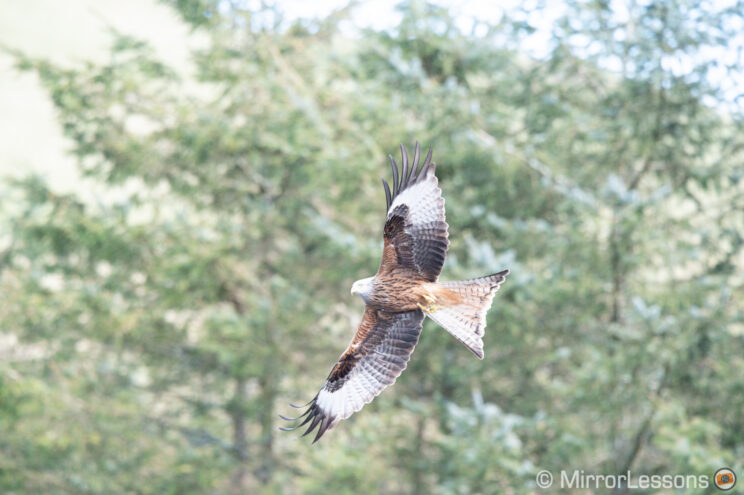
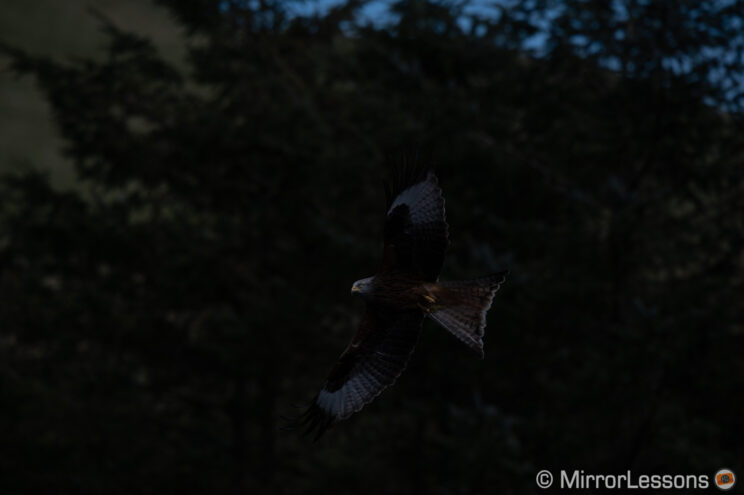
Additionally, the camera didn’t manage to keep a modest burst speed of 5fps – it felt like I was shooting at 1fps instead. In other words, the shooting experience was not great.
Some of these limitations are understandable. The adapter is like a translator that can translate the “language” of Nikon cameras and Sony lenses (with reverse engineering) and make them communicate between each other. It does this in real time at the best speed it can, but the faster the action, the more it struggles, messing not only with focus but also other things like exposure. I’m not excluding that it can also be lens related, but I didn’t have any other telephoto lenses to compare.
Stabilisation, lens correction and limitations
The Z6 as well as most of the Nikon Z cameras feature in-body image stabilisation. One second hand-held is possible when using a native Z-mount lens like the 24-70mm F4 (at 24mm).
With the Sony FE 20mm F1.8, I was able to take images hand-held with a shutter speed of half a second. I tried to push further than that but without any good results. With a faster shutter speed of 1/3s or 1/5s, the keeper rate improves.
The performance is about 1 stop worse than what I was able to get with a native Z mount lens. Note that the adapter also supports the optical stabilisation of Sony lenses.
If you want to shoot JPGs, the internal lens corrections of the camera (vignetting, distortion) work with the adapter but they don’t seem to be as effective as applying the lens profile on the RAW file with a software like Lightroom for example.
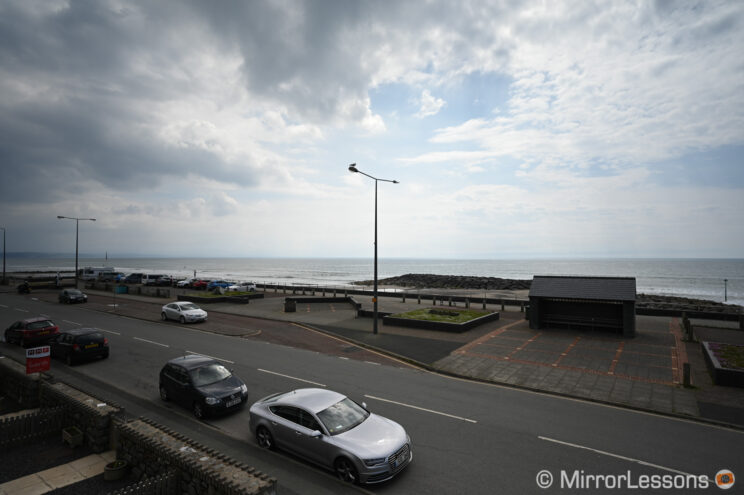
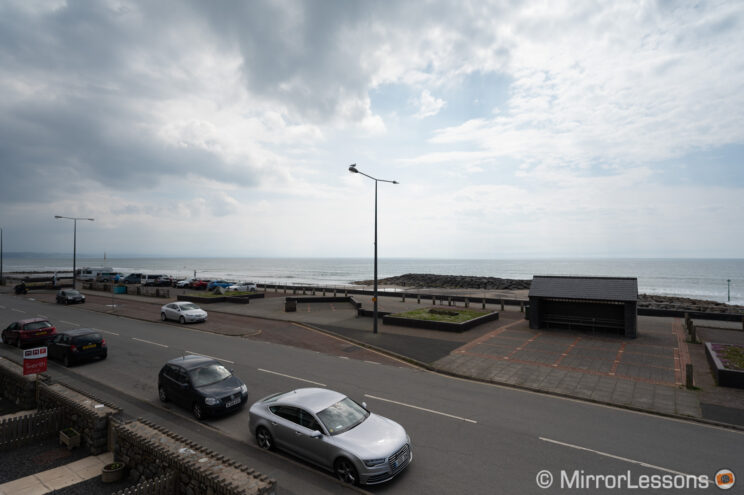
Finally, let’s talk limitations. First, and I’ll add curiously, the adapter doesn’t work with manual focus lenses that lack electronic contacts. I tried to use the Nisi 15mm F4 and the Laowa 15mm F2 that I have in the E-mount version, and the camera would not release the shutter. I then find out on the Techart website that indeed, MF lenses are not supported.
The website also says that:
- the aperture value is not displayed correctly on the camera when using Zeiss Loxia or Voigtländer E-mount lenses. They suggest setting the largest aperture available with the dial on the camera, then changing it to the desired value using the aperture ring on the lens.
- Rokinon / Samyang AF lenses are not compatible
- the Manual Focus mode may not work correctly with all lenses (I have found no issues with the lenses I mentioned in this article)
- the Z50 (APS-C/DX camera) is not compatible
Techart Sony E to Nikon Z, conclusion: is it worth it?
I’ve been thinking for a long time about what to write in this conclusion and, more importantly, whether the TZE-01 is worth recommending or not, but there isn’t an easy answer.
First of all, you need to be aware of the limitations. Fast subjects and continuous AF in general can be disappointing. The adapter is worth getting if you shoot landscapes, architecture or any other genre where S-AF can suffice, or where the subjects move little and slowly. Eye AF works but is not always 100% accurate, especially when the subject gets close. You also need to take into account that the camera might occasionally behave strangely depending on the specific lens used.
If after reading all of the above, you’re still convinced it can work for you, then you need to think about the situations where the adapter will give you a clear advantage over native Z-mount lenses.
The first scenario that comes to mind is this: you own Sony and Nikon full frame mirrorless cameras, and you want to use Sony lenses on both to avoid buying the Nikon equivalent. I have no idea how many users can identify with this situation, but this is probably where the TZE-01 makes the most sense.
Another scenario is that you’re interested in lenses that are not (yet) available for the Z-mount system. Here the advantage can be very apparent: at the time of publishing this article, Nikon has 16 native full frame Z-mount lenses, whereas Sony has more than 60 full frame E-mount lenses, to which you can add several options from Sigma, Tamron, Zeiss and so on (the number of third party lenses for Z-mount is limited for now). So yes, you get a lot more choice.
However the quantity argument can easily be counter-balanced with the Nikon FTZ adapter, which opens the door to all the Nikkor DSLR and third party F-mount lenses (Sigma, Tamron), and with much better continuous autofocus performance. The advantage of the Techart adapter however is that it is much smaller, and also many of the E-mount lenses are smaller than DSLR lenses.
I talked about the Sigma 28-70mm F2.8 DG DN C earlier in the article and I think it’s a great example of the advantage such an adapter gives you. The lens is much smaller than most other lenses of the same kind (mirrorless or DSLRs), it is a great alternative to the Nikkor Z 24-70mm F2.8 if you’re on a budget, and we have no clue as to when and if Sigma will start to make lenses for the Z-mount system.
One small regret is that the TZE-01 appears to be incompatible with the Z50. Given that Nikon has released only two DX lenses so far, the adapter could have been very interesting for users looking for more APS-C lenses. I don’t know why such limitation exists but I hope Techart can change this via firmware update.
To conclude, if we look at the glass half-full rather than half empty, I think we can applaud Techart for making this adapter, and giving us the possibility to use Sony lenses on a Nikon Z camera. Such a concept seemed imaginable just a few years ago. And if you learn to deal with its limitations, you can do a lot with it, as the images in this article show you.
To summarise, the Techart TZE-01 is worth getting if:
- you use both Sony and Nikon full frame mirrorless cameras, and don’t want duplicate lenses
- you want lenses that are not available for Z-mount, and you prefer to keep the size of your gear smaller rather than adapting DSLR lenses
But you need to be aware that:
- continuous autofocus is often slow and unreliable
- long telephoto lenses like a 200-600mm can be very frustrating to use. You are better off sticking with wide angle lenses or medium focal lengths.
- there are other limitations such as incompatibility with the Nikon Z50, manual focus lenses and Samyang lenses, and possible issues when trying to work in MF mode (depending on the lens used)
Reminder: the links below are affiliate links. If you decided to buy something after clicking the link, we will receive a small commission.
Check price of the Techart TZE-01 on
Amazon | Amazon UK | B&H Photo | eBay

